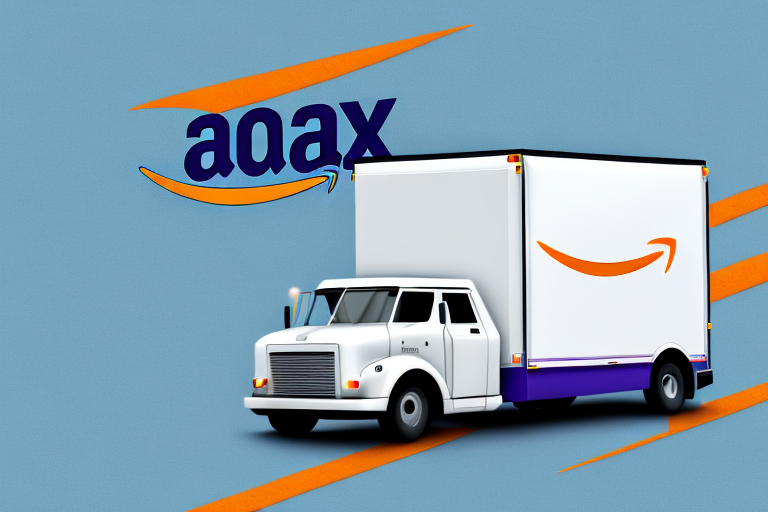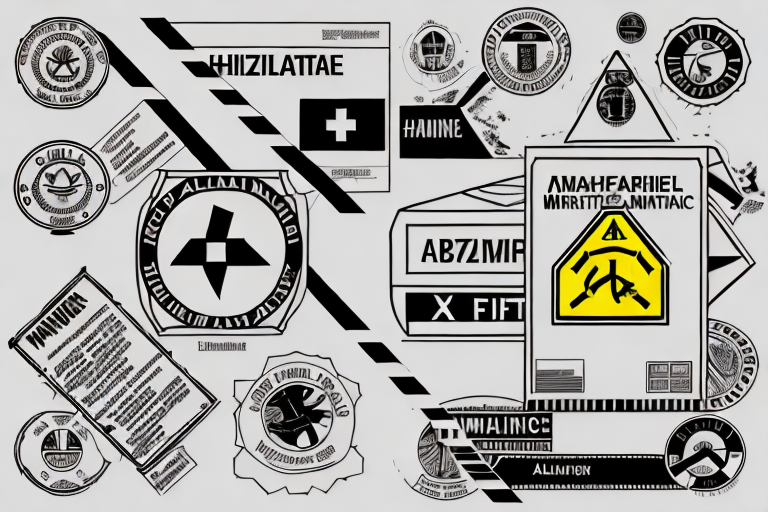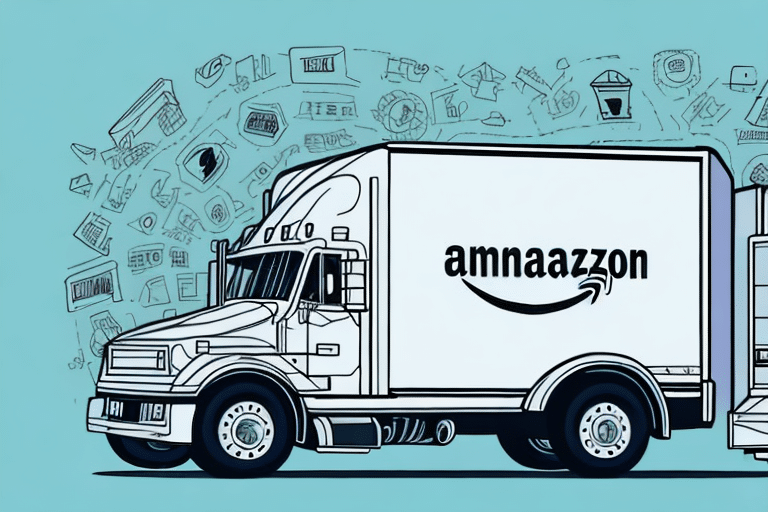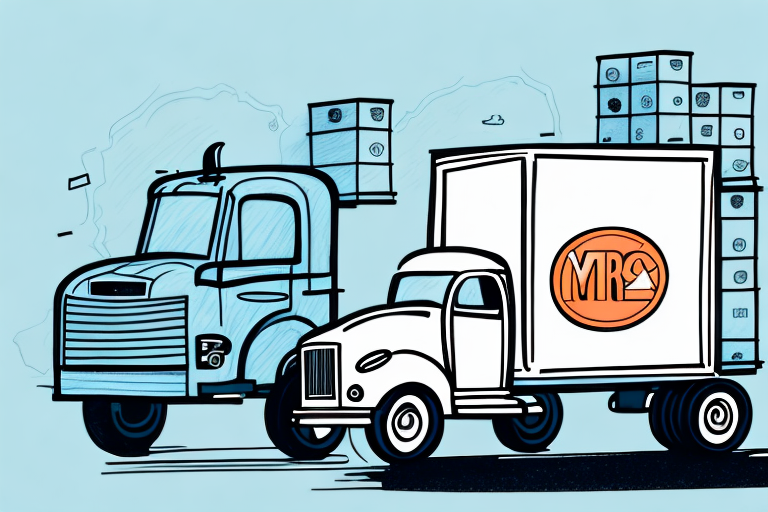Shipping fire and safety equipment requires special attention to ensure that the equipment arrives at its destination intact and ready for use. In this article, we will discuss the importance of proper shipping practices and provide tips to help you avoid common mistakes when shipping fire and safety equipment, especially when using Amazon's shipping services.
Understanding the Importance of Properly Shipping Fire and Safety Equipment
When shipping fire and safety equipment, it is crucial to ensure that the items arrive in good condition and are ready for immediate use. Proper shipping practices include selecting the right packaging materials, labeling and documentation, selecting the right shipping carrier, and ensuring compliance with regulatory requirements. Failure to follow proper shipping practices can result in damage to the equipment during transit, delays in delivery, and potentially catastrophic consequences in the event of an emergency.
One important aspect of proper shipping practices for fire and safety equipment is to ensure that the items are properly secured within the packaging. This can include using foam inserts, bubble wrap, or other cushioning materials to prevent the equipment from shifting or being damaged during transit. Additionally, it is important to label the packaging with clear instructions for handling and storage, as well as any necessary warnings or precautions.
Another key consideration when shipping fire and safety equipment is to ensure that all necessary documentation is included and up-to-date. This can include shipping manifests, customs forms, and any required permits or certifications. It is also important to keep accurate records of the shipping process, including tracking information and delivery confirmation, in order to ensure that the equipment arrives at its destination safely and on time.
Choosing the Right Packaging Materials for Shipping Fire and Safety Equipment
The first step in ensuring that your fire and safety equipment arrives safely is to select the right packaging materials. The packaging materials you choose should be strong and durable enough to withstand the rigors of transit, but also lightweight to avoid unnecessary shipping costs. For example, fire extinguishers require special packaging that protects them from impact damage and prevents accidental discharge during shipment. We recommend using sturdy cardboard boxes, foam padding, and additional sealing tape to secure your shipments.
Another important factor to consider when choosing packaging materials for shipping fire and safety equipment is compliance with regulations. Depending on the type of equipment you are shipping, there may be specific regulations that dictate the type of packaging materials that must be used. For example, hazardous materials such as chemicals or batteries may require special packaging that meets specific safety standards. It is important to research and understand these regulations to ensure that your shipments are compliant and arrive safely at their destination.
Proper Labeling and Documentation for Shipping Fire and Safety Equipment
Proper labeling and documentation are also critical when shipping fire and safety equipment. Your shipments should be clearly labeled with all necessary information to avoid confusion during transit. This includes the recipient's name and address, your return address, and any unique shipping instructions, such as "hazardous material" or "fragile." Additionally, you should include all necessary documentation, such as the Material Safety Data Sheet (MSDS), product manuals, and shipping manifests to ensure compliance with regulatory requirements.
It is also important to consider the type of packaging used when shipping fire and safety equipment. The packaging should be sturdy and able to withstand any potential damage during transit. It is recommended to use packaging materials that are specifically designed for hazardous materials, such as UN-certified packaging.
Furthermore, it is crucial to properly train employees who handle and ship fire and safety equipment. They should be knowledgeable about the proper labeling and documentation requirements, as well as the appropriate handling and packaging procedures. This can help prevent accidents and ensure that the equipment arrives at its destination safely and in compliance with regulations.
Selecting the Right Shipping Carrier for Fire and Safety Equipment
Selecting the right shipping carrier is essential when shipping fire and safety equipment. Not all shipping carriers have experience in handling hazardous materials, and some may not comply with regulatory requirements. Therefore, it is essential to research and select a shipping carrier with experience in handling hazardous materials and compliance with regulatory requirements, particularly when using Amazon shipping services.
One important factor to consider when selecting a shipping carrier for fire and safety equipment is the carrier's insurance coverage. It is crucial to ensure that the carrier has adequate insurance coverage to protect against any damages or losses that may occur during transit. Additionally, it is essential to verify that the carrier's insurance policy covers hazardous materials.
Another consideration when selecting a shipping carrier is the carrier's delivery options. Some carriers may offer expedited shipping options, which can be beneficial when shipping time-sensitive fire and safety equipment. It is also important to consider the carrier's delivery network and ensure that they can deliver to the desired destination in a timely and efficient manner.
Ensuring Compliance with Regulatory Requirements When Shipping Fire and Safety Equipment
Compliance with regulatory requirements is crucial when shipping fire and safety equipment. Failure to comply with regulatory requirements can result in significant fines, delays in delivery, or even shipment cancellations. Therefore, it is essential to research and follow all necessary guidelines and regulations when shipping fire and safety equipment, particularly when using Amazon's shipping services. Examples of such regulations include Federal Aviation Administration (FAA) guidelines on the transportation of hazardous materials and the Department of Transportation (DOT)'s requirements for shipping dangerous goods.
It is also important to note that different countries may have their own regulations and requirements for shipping fire and safety equipment. For instance, some countries may require additional documentation or permits before allowing the shipment of certain types of equipment. It is crucial to research and comply with these regulations to avoid any legal or logistical issues. Additionally, it is recommended to work with a reputable shipping company that has experience in handling fire and safety equipment to ensure a smooth and compliant shipment process.
Communicating Special Handling Instructions to the Shipping Company
Communicating special handling instructions to the shipping company is essential when shipping fire and safety equipment. This may include instructions for storing and handling hazardous materials, special handling procedures for fragile items, and requirements for temperature-controlled storage. Ensure that your instructions are clear and communicated both verbally and in writing to the shipping company. It is also imperative to follow up with the shipping company to confirm that the instructions were received and implemented properly.
Another important aspect of communicating special handling instructions to the shipping company is to provide them with all the necessary documentation. This may include permits, licenses, and certificates required for the transportation of certain goods. It is important to ensure that all the necessary paperwork is in order to avoid any delays or legal issues during the shipping process.
In addition, it is also important to consider the mode of transportation when communicating special handling instructions. Different modes of transportation may have different regulations and requirements for handling certain goods. For example, air transportation may have stricter regulations for hazardous materials than ground transportation. Therefore, it is important to research and communicate any specific requirements for the mode of transportation being used.
Common Mistakes to Avoid When Shipping Fire and Safety Equipment
There are common mistakes to avoid when shipping fire and safety equipment. Some of these mistakes include improper packaging, insufficient labeling and documentation, selecting the wrong shipping carrier, and failure to comply with regulatory requirements, among others. Be sure to research and follow all necessary guidelines to avoid these mistakes when shipping fire and safety equipment using Amazon's shipping services.
Tips for Packing Fire Extinguishers Safely During Shipping
Packing fire extinguishers safely during shipping involves selecting the correct packaging materials and ensuring proper labeling and documentation. We recommend using sturdy cardboard boxes that are large enough to accommodate the fire extinguisher and additional protective foam padding. Be sure to label the box as "hazardous material" and include all necessary documentation, such as the MSDS and shipping manifest.
Protecting Sensitive Fire Alarm Systems from Damage During Transit
Protecting sensitive fire alarm systems from damage during transit requires proper packaging and handling procedures. Be sure to package the fire alarm systems with adequate padding to protect them against impact damage, store them at the correct temperature and humidity levels to prevent damage from environmental factors and inform the shipping company of any additional instructions regarding the safe handling of the fire alarm systems.
Best Practices for Shipping Large Safety Equipment like Smoke Detectors
The best practices for shipping large safety equipment like smoke detectors include selecting the correct packaging materials and ensuring those items are properly labeled and documented. Depending on your shipment volumes, it may be wise to use specialized freight carriers like Amazon FBA to handle large safety equipment like smoke detectors. Research and consult with experts to ensure that your shipping method is best suited for your needs.
Strategies for Avoiding Delays and Damages when Transporting Safety Gear
To avoid delays and damages when transporting safety gear, ensure that your shipment is packaged appropriately and labeled correctly. Always perform some due diligence like routinely checking and updating your shipping procedures according to the industry regulations. We recommend selecting a reliable shipping carrier and keeping communication lines open for updates regarding delays or damages so that mitigations can be undertaken timely.
Taking Advantage of Amazon's Fulfillment Services for Safe Shipping of Fire & Safety Gear
Amazon fulfillment services can help ensure the safe shipping of fire and safety gear. With Amazon FBA, sellers can use Amazon's advanced fulfillment system, which offers secure storage, packaging, labeling, and shipping of hazardous materials. Amazon's FBA services will ensure safe and consistent transportation of your gear while satisfying the industry and regulatory requirements.
How to Track Your Shipment of Fire & Safety Equipment Like A Pro
Tracking your shipment of fire and safety equipment is crucial to ensure that your packages arrive on time. You can track your shipment online or through an app on your mobile device. Features such as real-time GPS tracking, notifications on arrival and departure timings and regular updates regarding the transit stream can ensure that you are up-to-date with your shipments and can act promptly if any discrepancies are noticed.
Conclusion
In conclusion, shipping fire and safety equipment requires careful planning and attention to detail. Whether you are shipping via Amazon or other carriers, it is essential to follow proper shipping practices to ensure that your equipment arrives safely and ready for use. Remember to choose the right packaging materials, provide clear labeling and documentation, select the right shipping carrier, and comply with regulatory requirements. By following these tips and strategies, you can avoid common mistakes and ensure that your fire and safety equipment shipments arrive safely and on time.









